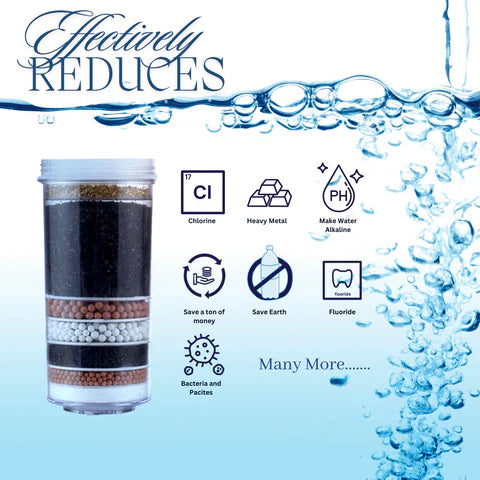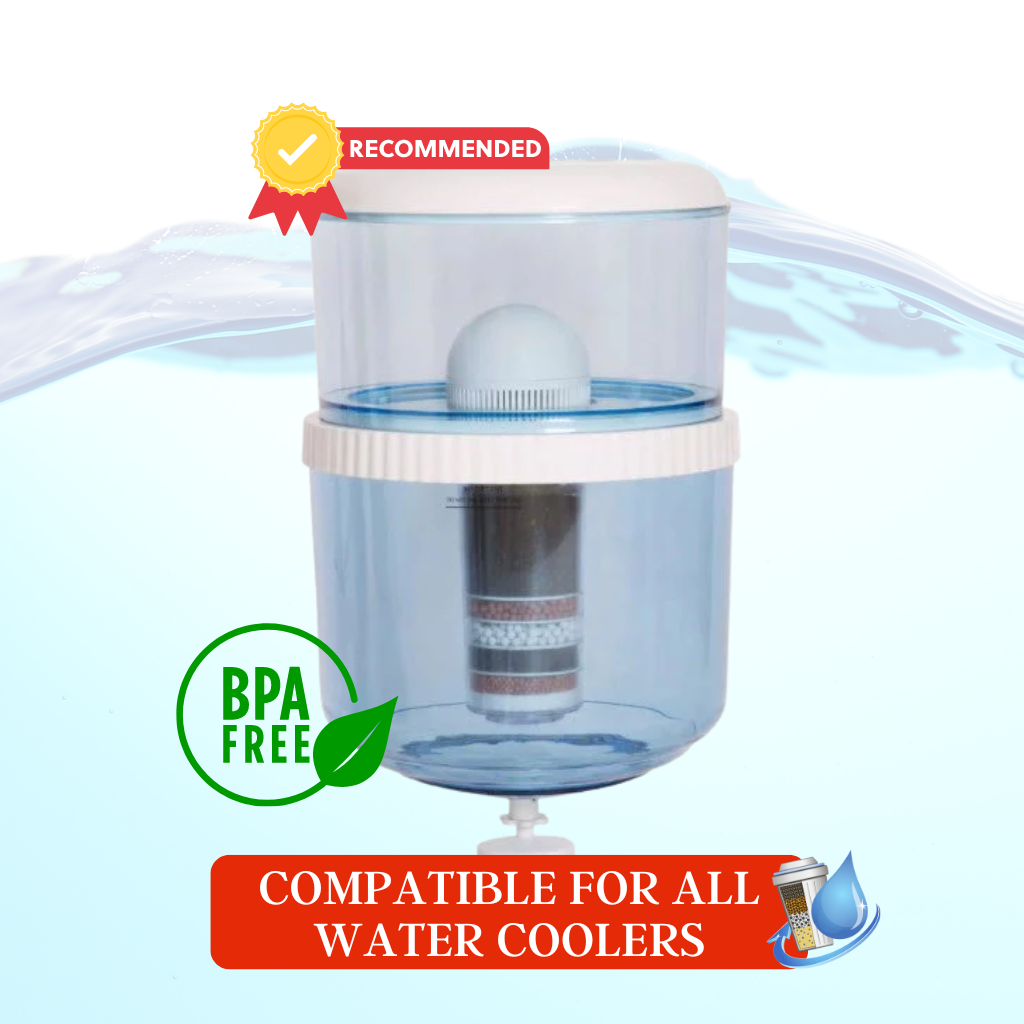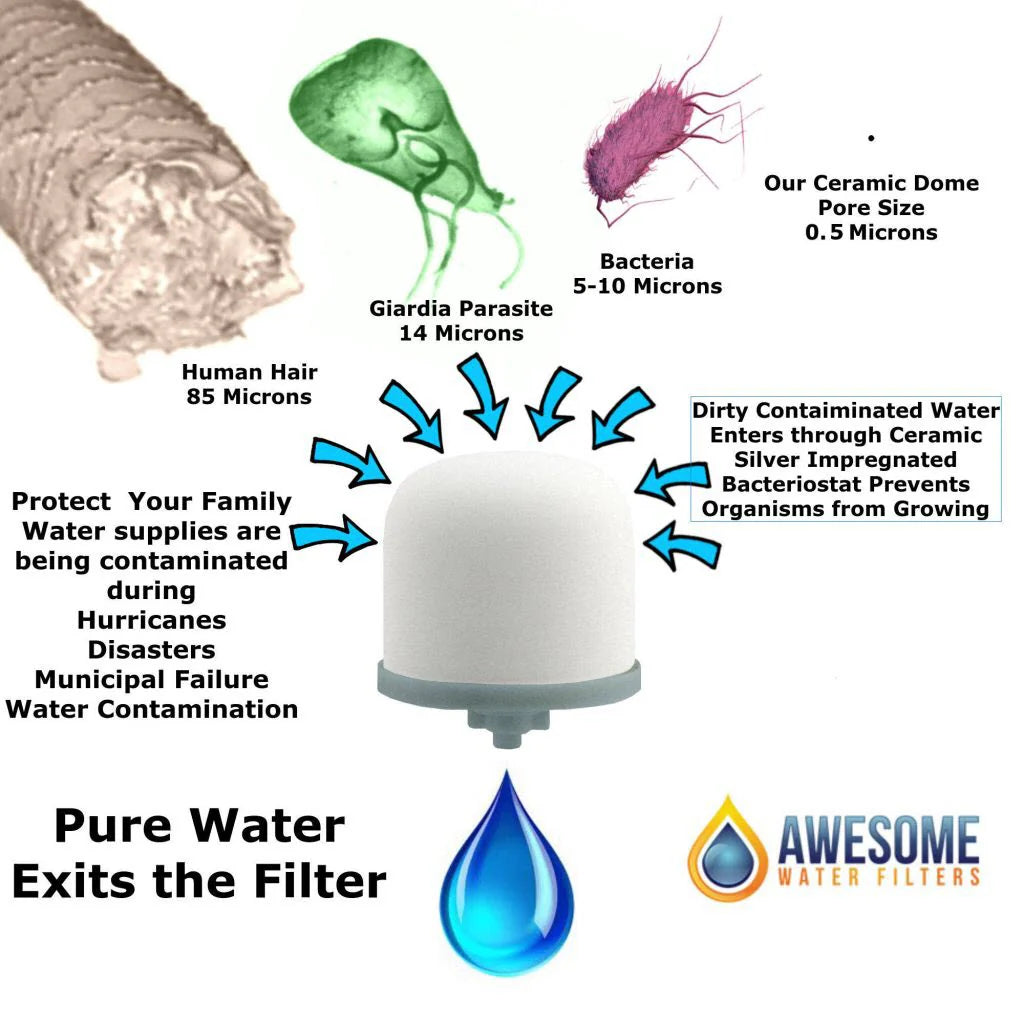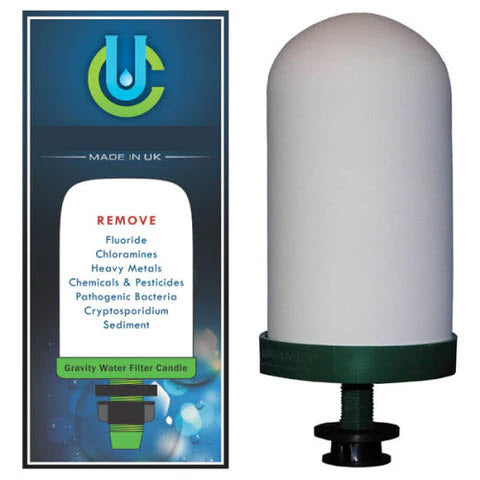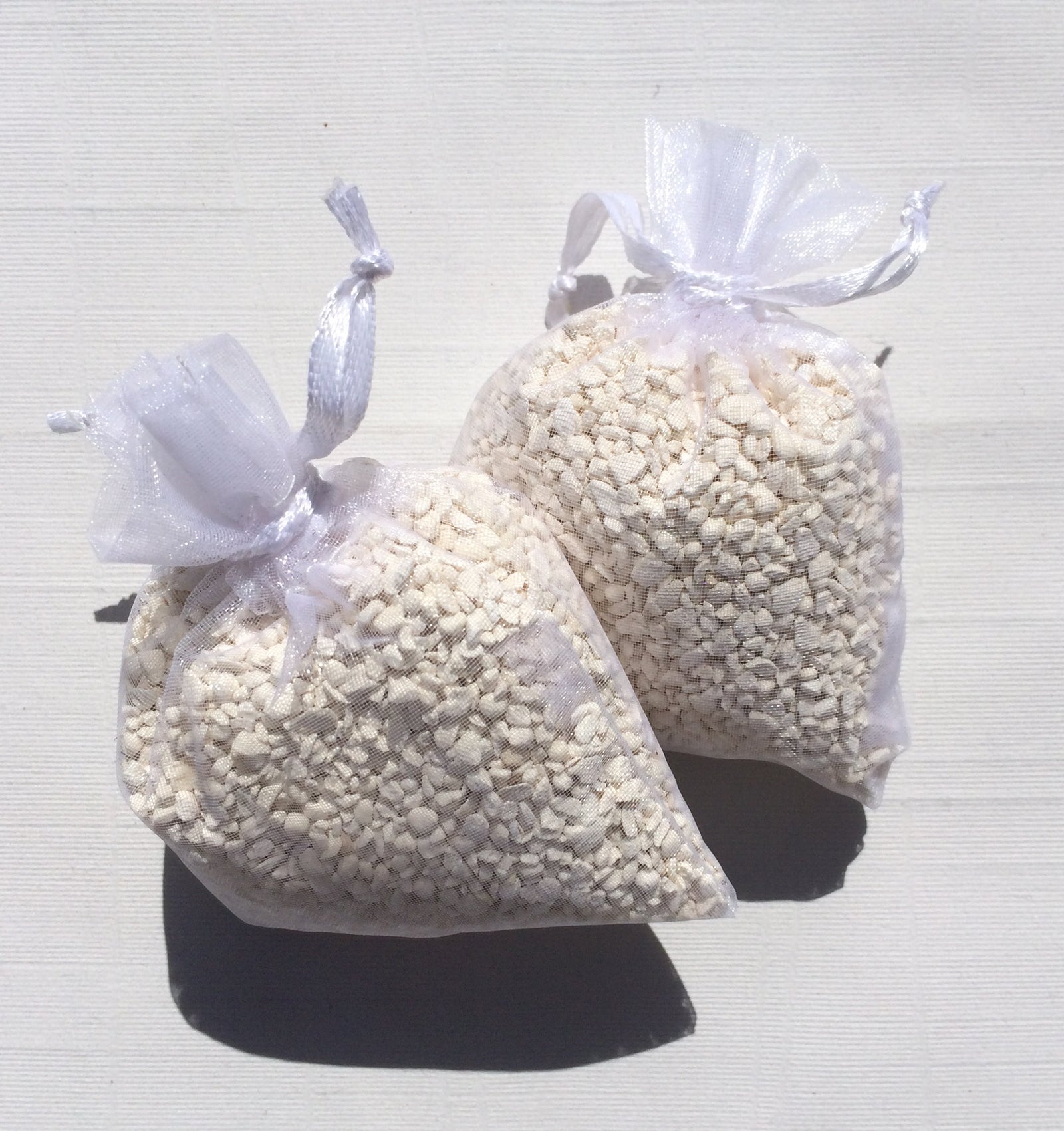Quick and easy from buying to delivery thanks
great value, would not use any other filter.
Fitted the whole house coconut carbon block filter cartridge and am now enjoying pure, clean, odour free water for drinking, showering, bathing & cleaning . It's great! Good value too; so I bought two.
Greg
Always on time and the difference in water flavor is noticeable. Do your family a favor.


